Tires are one of the most significant components of any vehicle. If you're wondering how to choose tires for rims, you've come to the right place.
The answer to your question is generally provided in the car manual tucked away in your doorjamb. The size (e.g. 235/75R15 and P215/65R15), speed rating, and load index are three important factors to consider while choosing tires for rims.
These pieces of rubber are responsible for harnessing the engine's power and determining how well a car will go around a turn, whether it's pulling into parking or roaring into a high-speed sweeper. Tires bear a significant amount of weight.
We have years of experience working in the automotive industry, so our experts are well versed with different types of tires, rims, and wheels for every vehicle. We have compiled this simple guide to help you choose the right tires for your rims.
Simply put, the larger your tire, the better your vehicle's traction on the road will be. The width of a tire rises as it covers more road surface area.
The terms "wheels" and "tires" are not interchangeable. The wheel arrangement includes tires. For example, your vehicle's rims have a specific size, but you can purchase different tire sizes to match those rims as long as the middle of the tire is the correct size. A vehicle with larger rims, on the other hand, will typically be able to fit larger tires than other vehicles.
In general, larger tires and wheels are better for enhancing traction in your car. According to Consumer Reports, however, larger tires come at a higher price. Try to strike the right balance between size and price. If you choose larger wheels and tires when you buy your vehicle, you may not notice the price difference at first, but when you need to replace them, you will pay more than someone who drives a vehicle with smaller wheels.
When it comes to tire replacements, you might want to stick to the size you selected initially.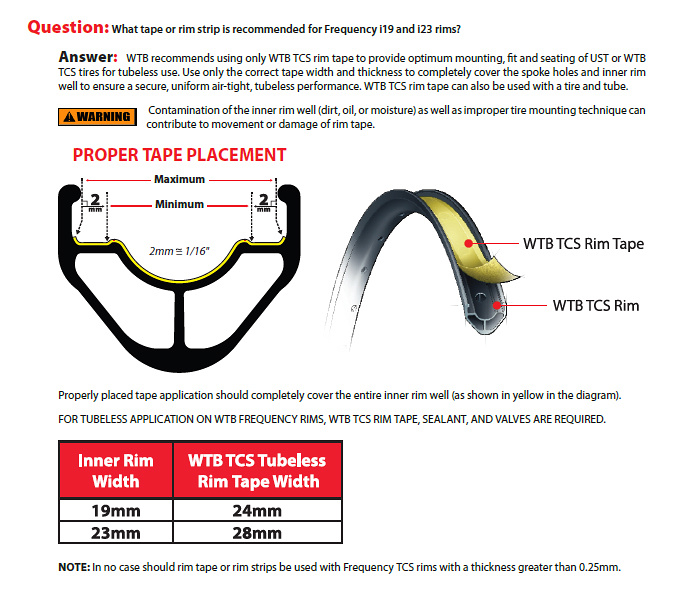 This is because a different-size tire might cause your speedometer to malfunction and possibly compromise your vehicle's anti-lock brake systems and stability system calibrations. This applies to both smaller and larger tire sizes. Changing to larger tires with an inappropriate sidewall height can harm your vehicle's suspension system, wheels, and tires, and can result in inaccurate speedometer readings.
This is because a different-size tire might cause your speedometer to malfunction and possibly compromise your vehicle's anti-lock brake systems and stability system calibrations. This applies to both smaller and larger tire sizes. Changing to larger tires with an inappropriate sidewall height can harm your vehicle's suspension system, wheels, and tires, and can result in inaccurate speedometer readings.
While the average motorist may not know exactly what they're looking for when shopping for new tires, replacing tires and rims is simple if you follow a few basic rules.
When searching for new tires, you may notice different size descriptions, such as 235/75R15 and P215/65R15. You should know how to read the labels in order to understand the sizes for specific rims.
The numbers show the width of the tires from sidewall to sidewall in millimeters. The larger this value, the more road the tire has contact with.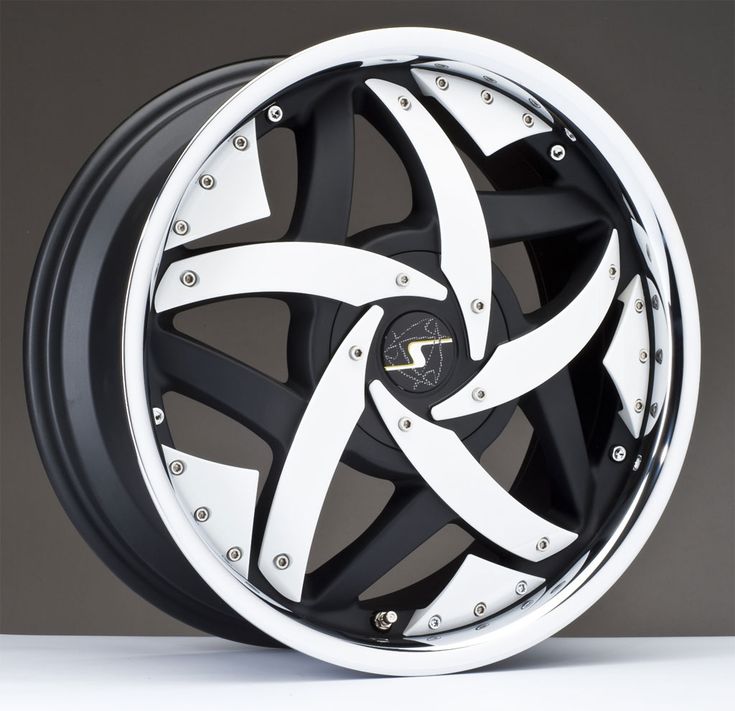 The tire type is indicated by a letter on the left side.
The tire type is indicated by a letter on the left side.
The letter "P" stands for passenger vehicle tires. This document also informs you that the tire is manufactured in accordance with US standards. When there isn't a letter, it signifies it's made to European specifications. The load capabilities of the two types are different.
"LT" stands for "light truck." Tire sizes beginning with these letters are designed for light trucks. They'll have greater psi recommendations to handle trailers and large loads more effectively.
The abbreviation "ST" stands for "special trailer." Tire sizes beginning with these letters are only for trailer wheels.
Using this information, we know that a P215/65R15 tire is for a passenger vehicle and has a 215-millimeter width just by looking at it.
Two numbers, a letter, and two additional numbers can be found on the right side of the slash sign. The aspect ratio of the tire's height to its width is represented by the first set of figures. These figures are 65 in our P215/65R15 example, indicating that the tire's sidewall height is 65 percent that of the tire's width. The middle letter on the right side of the slash indicates the tire's construction method, which is usually "R," which stands for radial. This indicates that the tire's layers run radially across it. The last number is crucial since it indicates which rim size the tire will fit. This number in our case is 15, indicating that the tire will fit a 15-inch diameter rim.
These figures are 65 in our P215/65R15 example, indicating that the tire's sidewall height is 65 percent that of the tire's width. The middle letter on the right side of the slash indicates the tire's construction method, which is usually "R," which stands for radial. This indicates that the tire's layers run radially across it. The last number is crucial since it indicates which rim size the tire will fit. This number in our case is 15, indicating that the tire will fit a 15-inch diameter rim.
Having different sized tires and rims for the front and back wheels, known as staggered tires, is sometimes acceptable. This is especially common on muscle cars like the Mustang, Challenger, and Camaro. This works because the back wheels do not have to turn as much as the front wheels.
The larger your rim, the more difficult and costly it will be to replace your tires. Thinner tires are usually associated with larger wheels. The tires must be small enough to fit within the wheel well.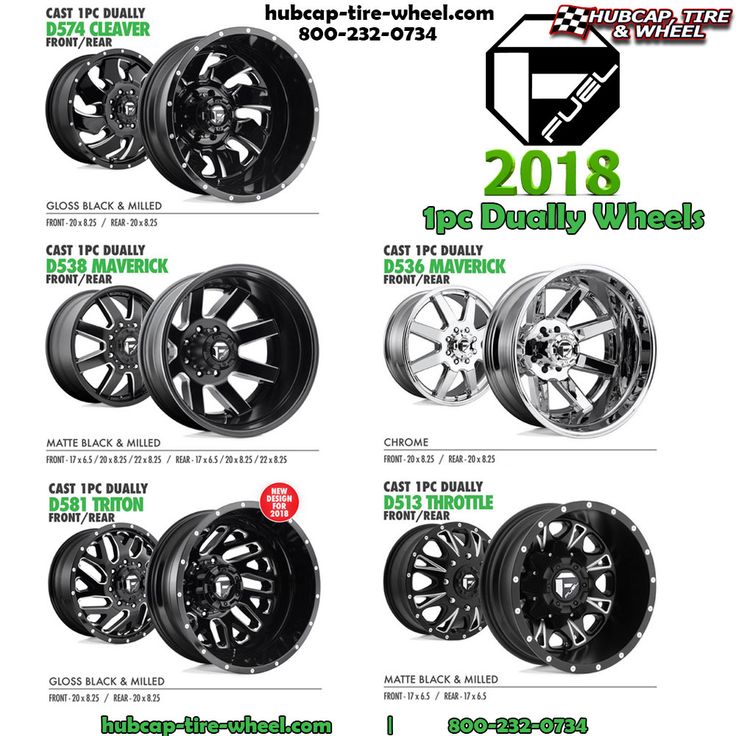 The thinner your tire is, the less it can handle rougher roads and potholes, resulting in blowouts.
The thinner your tire is, the less it can handle rougher roads and potholes, resulting in blowouts.
Your vehicle's wheels and tires are critical components. Though it may seem self-evident, many drivers don't pay much attention to the tires they purchase for their vehicles, which can lead to a variety of issues.
The contact patch—specifically, how much of the tire meets the ground at any given time—is one of the reasons why people choose larger wheels and tires. Perhaps you've upgraded your engine for more power, and now your tires are bursting at the seams. Therefore, you'll need greater contact with the ground (and hence more grip).
You could also want to increase the diameter of your wheels while you're adding width. Then, for improved handling, you can install a tire with a wider tread and a lower profile. Because of the reduced profile, the overall diameter of your wheel and tire combination remains relatively constant. A Plus 1 upgrade is when the wheel diameter is increased by an inch while the sidewall of the tire is reduced by the same amount.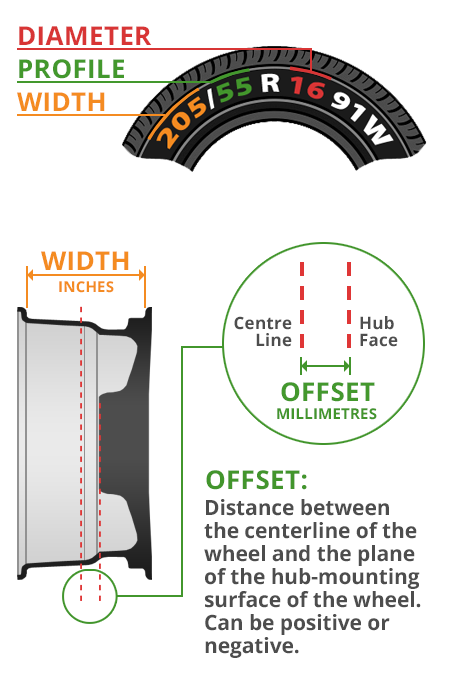 On most vehicles, we can even go further lower in profile with a Plus 2 (for example, going from 16 to 18-inch wheels) or Plus 3 (16 to 19-inch) upgrade without any issues.
On most vehicles, we can even go further lower in profile with a Plus 2 (for example, going from 16 to 18-inch wheels) or Plus 3 (16 to 19-inch) upgrade without any issues.
Downsizing your wheels works on the same premise as changing the diameter of your wheels by an inch while adjusting for the inch difference in the height of the tire's sidewall. You won't notice any changes in your speedometer if you keep the overall diameter of your tires the same—the frequency at which your wheels spin is commonly used by speedometers to calculate your car's speed. Your speedometer will not give you an accurate speed if you have a considerably different tire diameter that causes your wheels to turn more or less frequently than they used to.
When searching for new wheels and tires for rims, there's one more item to consider: how does everything fit together?
A centering hub is a raised component that aligns with a matching recessed element of the wheel in many autos.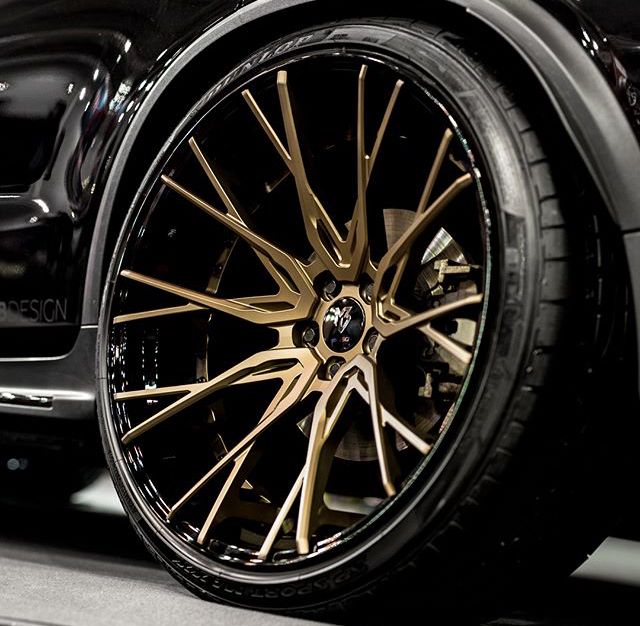 Its purpose is to keep the wheel centered on the hub more precisely than simply tightening the lug bolts. Some wheels may not fit well in this hub, necessitating the use of a spacer or even a new wheel.
Its purpose is to keep the wheel centered on the hub more precisely than simply tightening the lug bolts. Some wheels may not fit well in this hub, necessitating the use of a spacer or even a new wheel.
In addition, the replacement wheel must have the proper offset in order to clear the suspension and brakes. The offset is the distance between the centerline of the wheel and the hub mounting surface, the point where the rims meet in the middle. It determines how far the tire extends laterally from the wheel hub.
The Uniform Tire Quality Grading, or UTQG, is another important factor to consider. For passenger car tires (i.e. P-metric and Euro-metric) in the all-season and summer categories, this grading and stamping are necessary. This rule, however, does not apply to dedicated winter tires, light trucks (LT-Metric, Euro-Metric Commercial, Flotation), or motorcycle tires.
The purpose of quality grading is to make your tire purchase selection easier.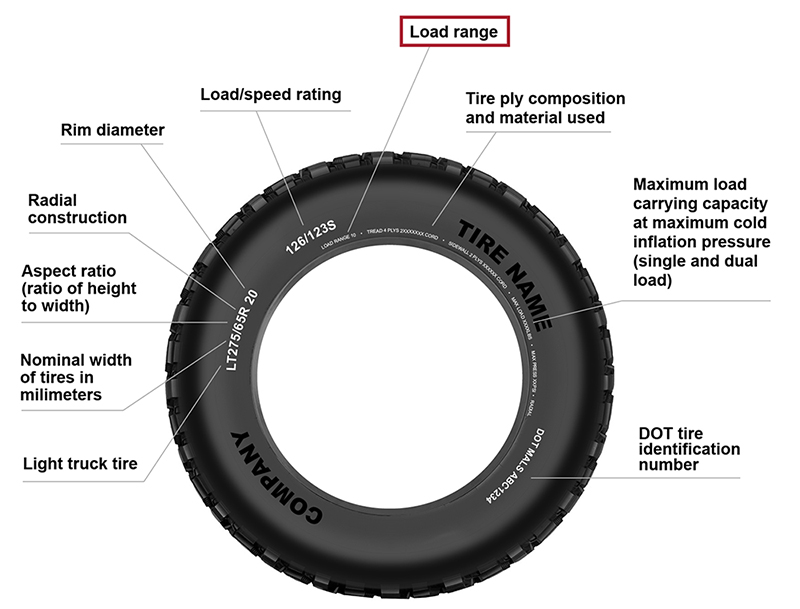 The system's goal is to provide easy, comparable facts so you can make an informed purchasing decision. On the other hand, the ratings are based on test findings obtained under unusual circumstances. This means that the comparable data could be misinterpreted as it applies to your own driving patterns, situations, and so on. You should still seek assistance from your service or tire professional.
The system's goal is to provide easy, comparable facts so you can make an informed purchasing decision. On the other hand, the ratings are based on test findings obtained under unusual circumstances. This means that the comparable data could be misinterpreted as it applies to your own driving patterns, situations, and so on. You should still seek assistance from your service or tire professional.
It's important to understand how tire sizing works if you want to be sure what size will fit the rims. When selecting new tires for rims, there are three factors to consider: size, speed rating, and load index. To ensure optimal performance, safety, and fuel efficiency, it's critical to make the right choice.
Selecting a different size for winter tires is common among many drivers. Without increasing the overall tire diameter, retailers frequently advocate switching to a smaller wheel and utilizing a tire with a taller sidewall. This results in a larger contact patch, or the area where the tire touches the ground.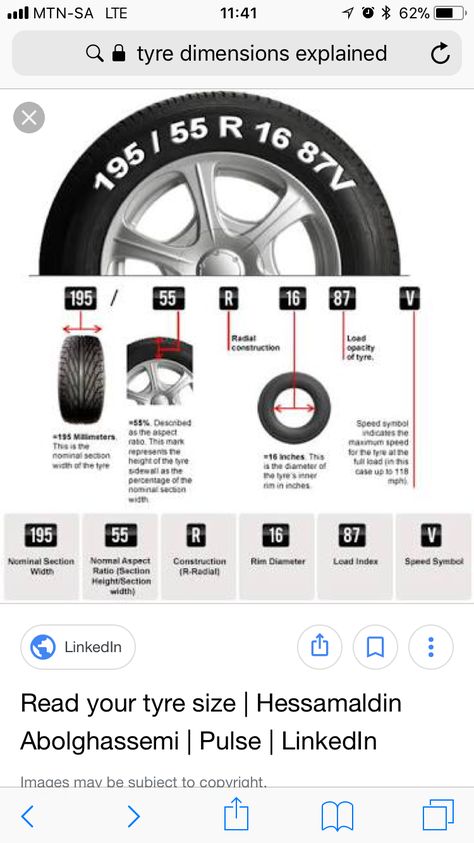 Snow traction can be improved by having a larger contact patch. (However, a wider tire reduces winter traction by plowing through snow or even floating on top of it, similar to hydroplaning)
Snow traction can be improved by having a larger contact patch. (However, a wider tire reduces winter traction by plowing through snow or even floating on top of it, similar to hydroplaning)
Alternatively, you might go with a larger wheel and a tire with a shorter sidewall. This can be done for a variety of reasons, including fashion and improved three-season handling (a short sidewall has less roll, while lower-profile tires are often suited for grip).
A set of custom rims with the right style and finish can completely transform the look of your car or truck. Start shopping right now or visit a Wheel Discovery Center at your local Les Schwab. You may browse exact sets of custom wheels based on your vehicle's make, model, year, and color. This is a terrific approach to sort through all of your possibilities and narrow down your selections before making a decision.
It is crucial to select tires that properly align and fit well with the rims. You must consider the following safety factors:
You must consider the following safety factors:
The rim and tire blend should always clear the vehicle's body, suspension components, and braking components. This is vital whether you want your wheels to be larger for a more street-worthy appearance or smaller for more tire sidewall and greater off-road performance.
Knowing how far inside and outside the complete wheel and tire package will lie in the wheel well is crucial for optimum clearance. Improper backspace or offset can create interference with body and steering components, as well as a reduction in turning radius.
Many modern automobiles come with wheels that fit perfectly around the hub right out of the factory. This is known as hub-centric fitting, and it aids in the consistent centering of the rim and tire combination when installed on the vehicle. This reduces the risk of vibrations in the seat or the steering wheel while driving by lowering the imbalance. When it comes to aftermarket wheels, our crew understands the importance of maintaining a hub-centric fit.
When it comes to aftermarket wheels, our crew understands the importance of maintaining a hub-centric fit.
When acquiring new wheels, there are a variety of sizes to consider. Plus sizing increases the width of your wheels while lowering the profile of the tire sidewall to match the manufacturer's recommended total tire diameter. Minus sizing allows for a taller sidewall by working in the opposite direction.
There are many different bolt patterns, and your new custom wheels must match to fit your car properly. There's no guarantee that every five-hole wheel will fit your car, even if it has five lugs.
Compatibility with TPMS (Tire Pressure Monitoring System) is also critical. The TPMS in your car should be reset after installing new wheels, as it is in most new vehicles.
Keep in mind that your options will be limited to your vehicle's make and model. Many drivers consider the sizes of their wheels and tires primarily for aesthetic reasons.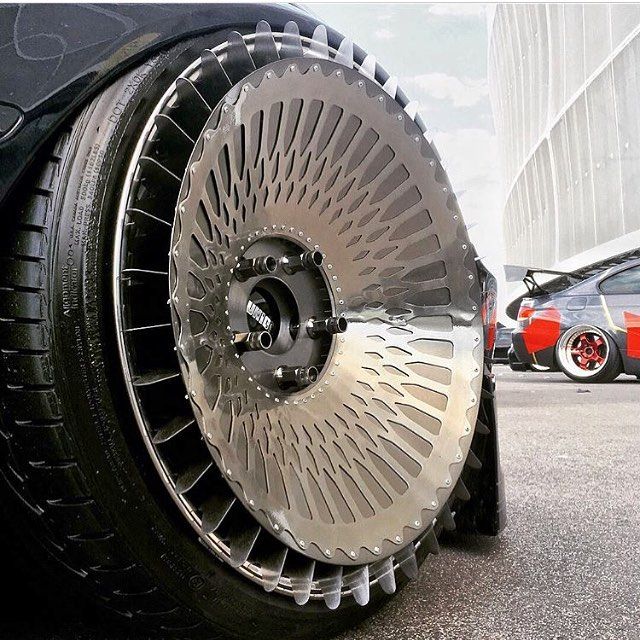 However, wheel size — and the size of the tires you place on them — are important considerations. Using the wrong tires for rims can be expensive and even dangerous.
However, wheel size — and the size of the tires you place on them — are important considerations. Using the wrong tires for rims can be expensive and even dangerous.
Adding a set of custom wheels can add a lot of visual appeal to just about any vehicle. We’ve put together some recommendations to help you choose the right wheels for your car or truck, including aesthetics, safety, size, fit, and tech compatibility.
The style and finish on a set of custom rims can dramatically change the look of your car or truck. Start shopping right now or visit your local Les Schwab where you’ll find Wheel Discovery Centers. There, you can see specific sets of custom wheels on the make, model, year, and color of your vehicle. This is a great way to sift through the many options and narrow your choices before making a commitment.
Proper fit is crucial when choosing custom wheels. The pros at Les Schwab will help you look at three vital areas before choosing your set of wheels.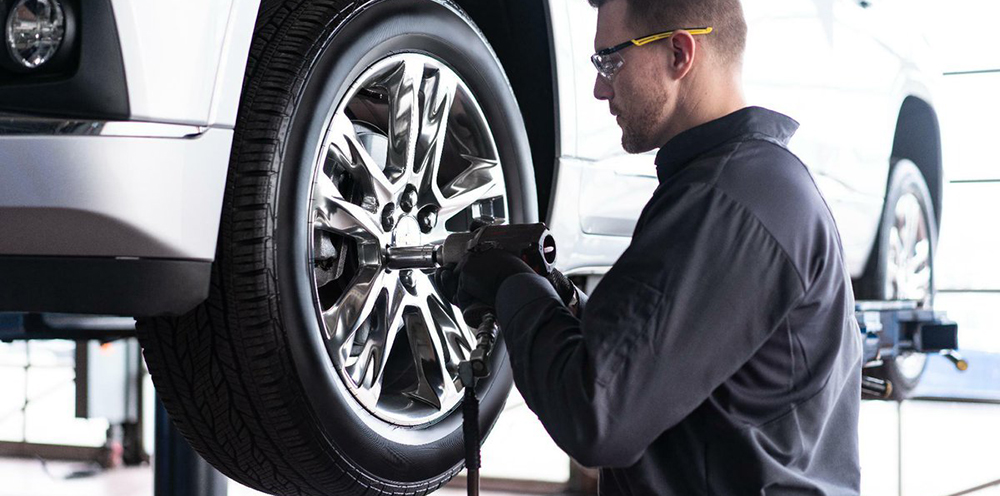
Overall Diameter: The wheel and tire combination should always clear the braking components, suspension parts, and the body of the vehicle. This is important whether you want to increase the diameter of your wheels for a street-worthy look, or decrease the wheel diameter for more tire sidewall and better off-road performance.
Offset and Backspace: To ensure proper clearance, it’s critical to know how far inside and outside the entire wheel and tire package will sit in the wheel well. Improper backspace or offset can cause interference with things like the body and steering components, and possibly decrease your turning radius.
Learn more about offset and backspace.
Proper Mounting: Many of today’s vehicles come from the factory with wheels that fit precisely around the hub. This is referred to as hub-centric fitment, which helps provide a consistent centering of the wheel and tire assembly when mounted to the vehicle.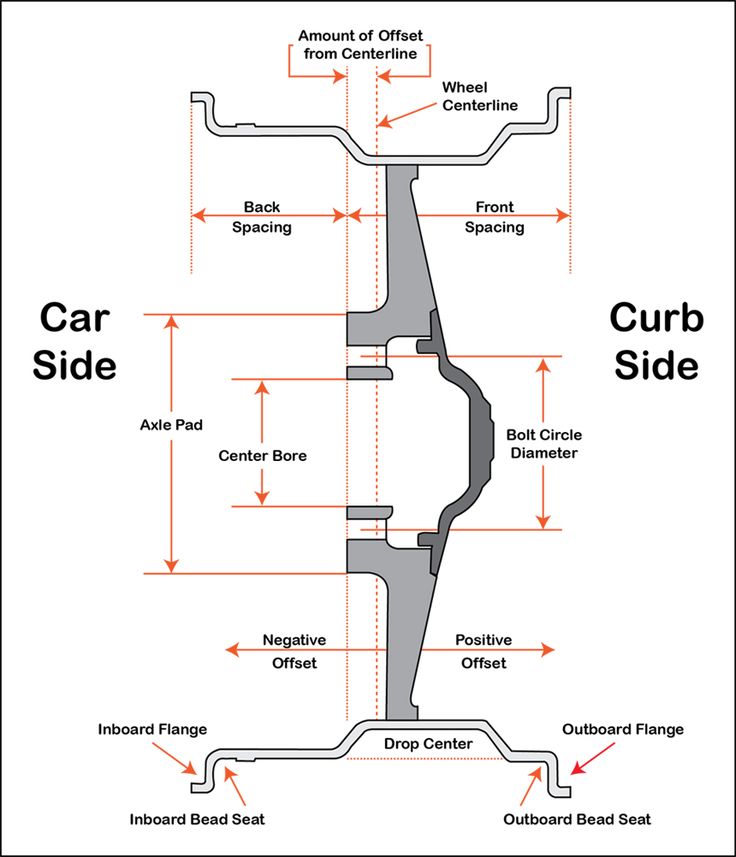 This reduces the chance of an imbalance that may result in a vibration in the steering wheel or seat while driving. Our team understands the importance of maintaining a hub-centric fit whenever aftermarket wheels are being considered.
This reduces the chance of an imbalance that may result in a vibration in the steering wheel or seat while driving. Our team understands the importance of maintaining a hub-centric fit whenever aftermarket wheels are being considered.
There are many sizes to consider when purchasing new wheels. The image below is an example of how plus and minus sizing works. Plus sizing boosts the diameter of your wheels while decreasing the profile of the tire sidewall to match the overall tire diameter suggested by the manufacturer. Minus sizing works in the opposite way to allow for a taller sidewall.
Here’s a comparison of how two wheel-tire packages of different sizes look on the same vehicle.
Car with 18-inch wheels. Note the higher tire sidewall.
Car with 20-inch, plus-sized wheel and low-profile tire. Note the shorter tire sidewall.
There are a variety of bolt patterns and your new custom wheels must match in order to fit your vehicle properly.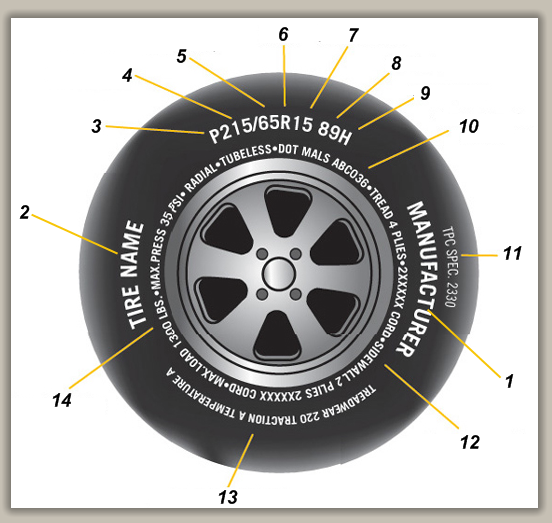 Even if your vehicle has five lugs, there’s no guarantee that every five-hole wheel will fit. At Les Schwab, we stock thousands of custom wheels and can help you find the right bolt pattern and fit for your vehicle.
Even if your vehicle has five lugs, there’s no guarantee that every five-hole wheel will fit. At Les Schwab, we stock thousands of custom wheels and can help you find the right bolt pattern and fit for your vehicle.
TPMS (Tire Pressure Monitoring System) compatibility is also important. Equipped in most new vehicles, the TPMS in your vehicle should be reset after installing new wheels. At Les Schwab, we take care of that for you.
Keep in mind, that your options will be specific to the make and model of what you drive. Our team of pros understands what wheel and tire sizes will fit your vehicle and meet your performance expectations. Stop by today and to check out your options. With every custom wheel sale, Les Schwab will give you a free, written warranty good at any of our locations. This gives you peace of mind as you roll away on your new custom wheels.
SHOP WHEELS
The issue of selecting tires for disks has always been relevant for motorists, since every self-respecting driver needs to know certain parameters.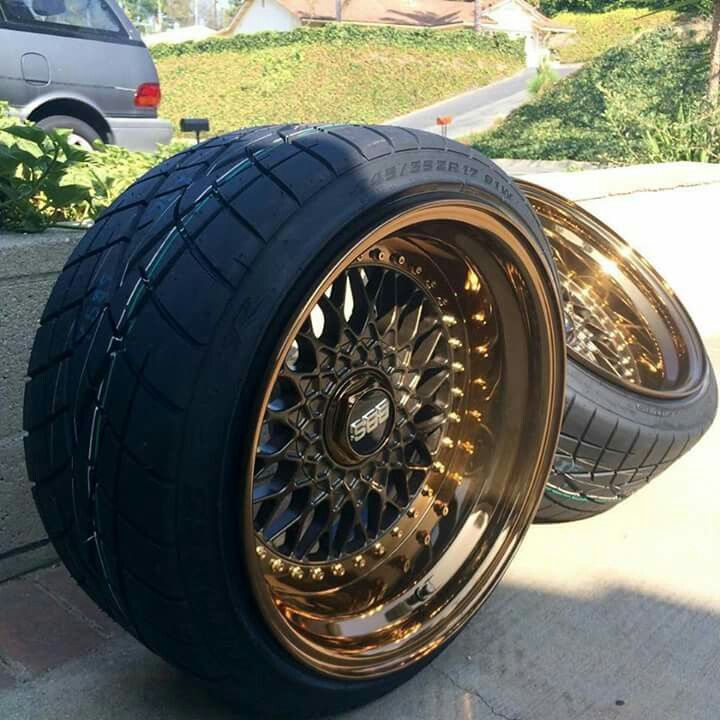 If the characteristics are not known and these parameters are not followed, the car will experience a significant deterioration in performance, which seriously threatens safety.
If the characteristics are not known and these parameters are not followed, the car will experience a significant deterioration in performance, which seriously threatens safety.
In order to match rubber to the wheels as accurately as possible, you should first study the marking of the wheels:
Wheel marking with dimensions R13 4x98 ET35 J5 D58.6
It is the latter that plays a major role in matching tires and wheels. In order to choose the right wheels for tires on passenger cars, you can use the table compiled by the specialists of Avtotire Kom. Or you can use the selection of discs for the car by clicking on the link .
Tire/Rim Matching Chart
| Disc diameter | Tire size | Wheel rim width (inches) | ||
| Minimum | Recommended | Maximum | ||
| 13" | 135/80R13 | 3. 5 5 | 3.5 | 4.5 |
| 145/80R13 | 3.5 | 4 | 5 | |
| 155/80R13 | 3 | 4.5 | 5 | |
| 165/80R13 | 4 | 4.5 | 5.5 | |
| 165R13 | 4.5 | 5 | 6 | |
| 14" | 175/80R14 | 4.5 | 5 | 6 |
| 185/80R14 | 4.5 | 5 | 6 | |
| 13" | 135/70R13 | 3.5 | 4 | 4. 5 5 |
| 145/70R13 | 3.5 | 4.5 | 5 | |
| 155/70R13 | 4 | 4.5 | 5 | |
| 165/70R13 | 4 | 5 | 5.5 | |
| 175/70R13 | 4.5 | 5 | 6 | |
| 185/70R13 | 4.5 | 5.5 | 6 | |
| 14" | 165/70R14 | 4 | 5 | 5.5 |
| 175/70R14 | 4.5 | 5 | 6 | |
| 185/70R14 | 4.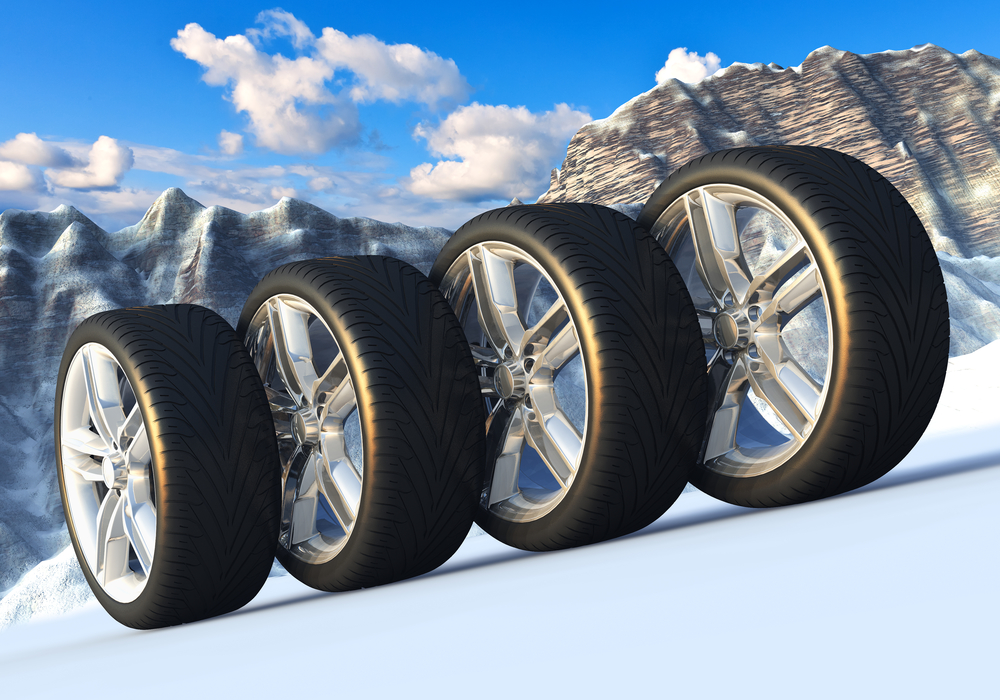 5 5 | 5.5 | 6 | |
| 195/70R14 | 5 | 6 | 6.5 | |
| 13" | 155/65R13 | 4.5 | 4.5 | 5.5 |
| 165/65R13 | 4.5 | 5 | 6 | |
| 175/65R13 | 5 | 5 | 6 | |
| 14" | 155/65R14 | 4.5 | 4.5 | 5.5 |
| 165/65R14 | 4.5 | 5 | 6 | |
| 175/65R14 | 5 | 5 | 6 | |
| 185/65R14 | 5 | 5. 5 5 | 6.5 | |
| 195/65R14 | 5.5 | 6 | 7 | |
| 15" | 145/65R15 | 4 | 4.5 | 5 |
| 155/65R15 | 4.5 | 4.5 | 5 | |
| 165/65R15 | 4.5 | 5 | 6 | |
| 175/65R15 | 5 | 5 | 6 | |
| 185/65R15 | 5 | 5.5 | 6.5 | |
| 195/65R15 | 5.5 | 6 | 7 | |
| 205/65R15 | 5.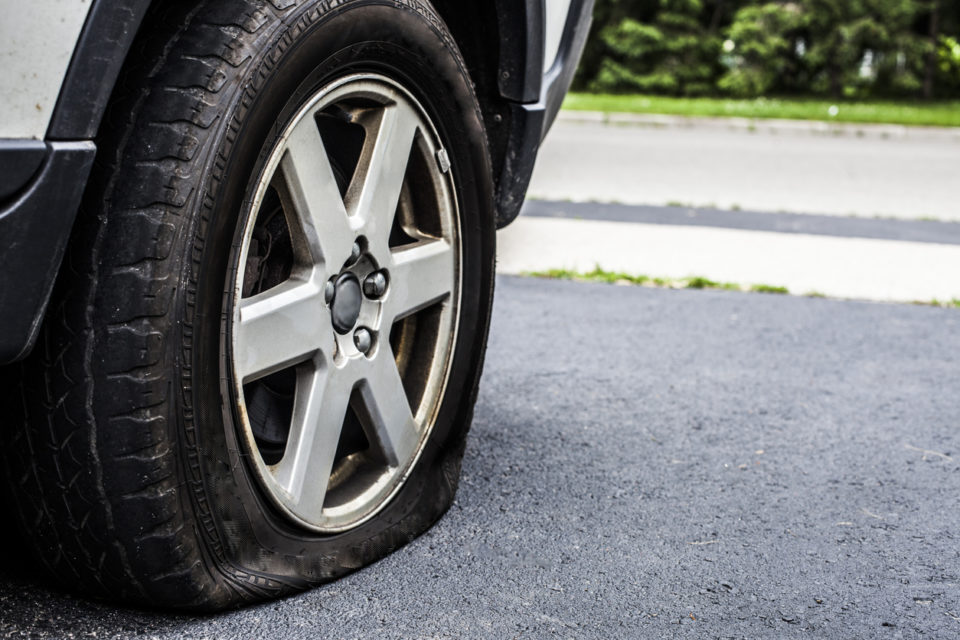 5 5 | 6 | 7.5 | |
| 215/65R15 | 6 | 6.5 | 7.5 | |
| 16" | 215/65R16 | 6 | 6.5 | 7.5 |
| 17" | 235/65R17 | 6.5 | 7 | 8.5 |
| 18" | 235/65R18 | 6.5 | 7 | 8.5 |
| 14" | 165/60R14 | 4.5 | 5 | 6 |
| 175/60R14 | 5 | 5 | 6 | |
| 185/60R14 | 5 | 5.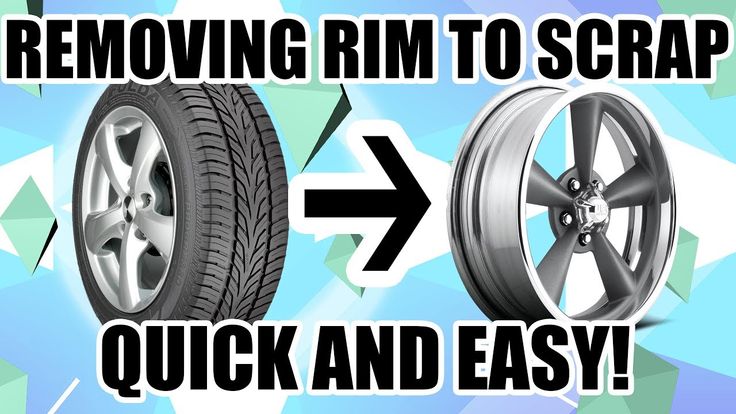 5 5 | 6.5 | |
| 195/60R14 | 5.5 | 6 | 7 | |
| 15" | 175/60R15 | 5 | 5 | 6 |
| 185/60R15 | 5 | 5.5 | 6.5 | |
| 195/60R15 | 5.5 | 6 | 7 | |
| 205/60R15 | 5.5 | 6 | 7.5 | |
| 225/60R15 | 6 | 6.5 | 8 | |
| 16" | 205/60R16 | 5.5 | 6 | 7.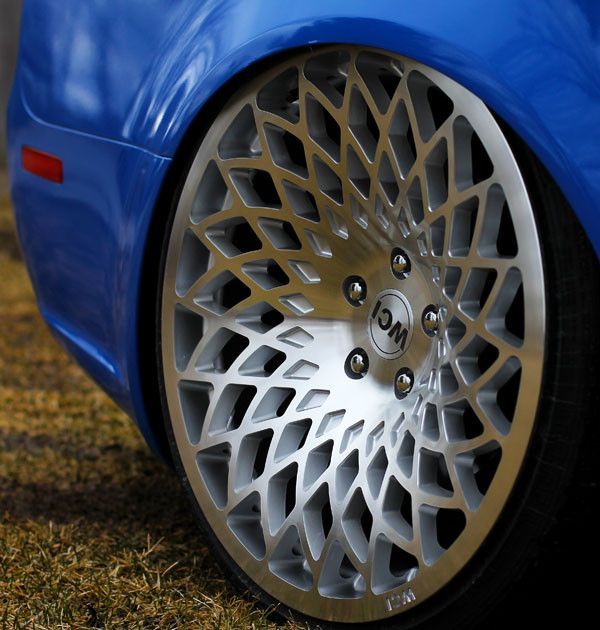 5 5 |
| 215/60R16 | 6 | 6.5 | 7.5 | |
| 225/60R16 | 6 | 6.5 | 8 | |
| 235/60R16 | 6.5 | 7 | 8.5 | |
| 17" | 225/60R17 | 6 | 6.5 | 8 |
| 14" | 185/55R14 | 5 | 6 | 6.5 |
| 15" | 175/55R15 | 5 | 5.5 | 6 |
| 185/55R15 | 5 | 6 | 6. 5 5 | |
| 195/55R15 | 5.5 | 6 | 7 | |
| 205/55R15 | 5.5 | 6.5 | 7.5 | |
| 225/55R15 | 6 | 7 | 8 | |
| 16" | 195/55R16 | 5.5 | 6 | 7 |
| 205/55R16 | 5.5 | 6.5 | 7.5 | |
| 215/55R16 | 6 | 7 | 7.5 | |
| 225/55R16 | 6 | 7 | 8 | |
| 245/55R16 | 7 | 7.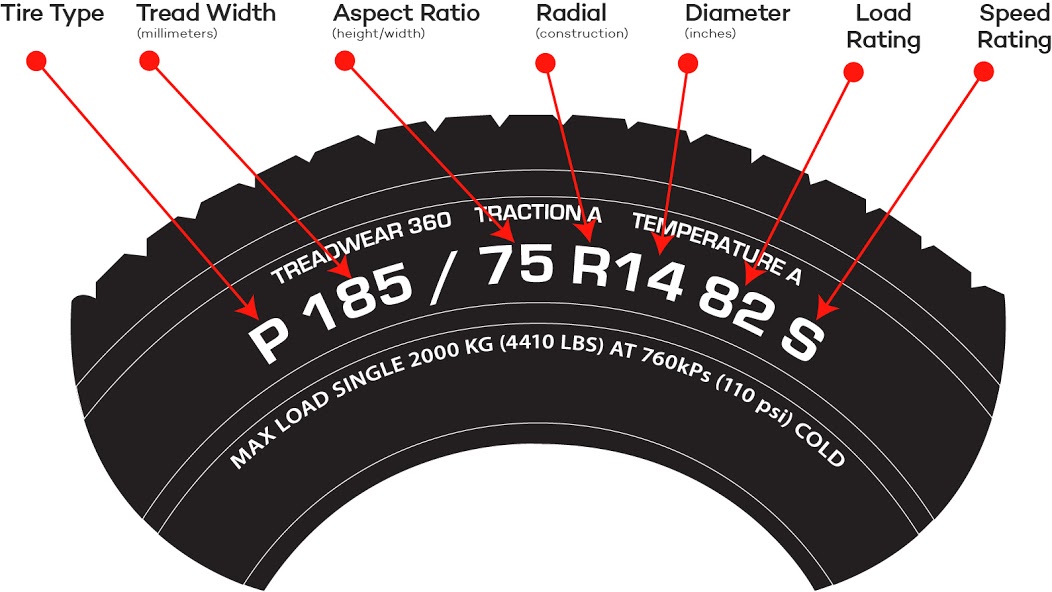 5 5 | 8.5 | |
| 17" | 205/55R17 | 5.5 | 6.5 | 7.5 |
| 215/55R17 | 6 | 7 | 7.5 | |
| 225/55R17 | 6 | 7 | 8 | |
| 235/55R17 | 6.5 | 7.5 | 8.5 | |
| 245/55R17 | 7 | 7.5 | 8.5 | |
| 255/55R17 | 7 | 8 | 9 | |
| 15" | 195/50R15 | 5.5 | 6 | 7 |
| 205/50R15 | 5. 5 5 | 6.5 | 7.5 | |
| 225/50R15 | 6 | 7 | 8 | |
| 16" | 185/50R16 | 5 | 6 | 6.5 |
| 195/50R16 | 5.5 | 6 | 7 | |
| 205/50R16 | 5.5 | 6.5 | 7.5 | |
| 215/50R16 | 6 | 7 | 7.5 | |
| 225/50R16 | 6 | 7 | 8 | |
| 235/50R16 | 6.5 | 7.5 | 8.5 | |
| 245/50R16 | 7 | 7. 5 5 | 8.5 | |
| 255/50R16 | 7 | 8 | 9 | |
| 17" | 205/50R17 | 5.5 | 6.5 | 7.5 |
| 215/50R17 | 6 | 7 | 7.5 | |
| 225/50R17 | 6 | 7 | 8 | |
| 235/50R17 | 6.5 | 7.5 | 8.5 | |
| 18" | 235/50R18 | 6.5 | 7.5 | 8.5 |
| 245/50R18 | 7 | 7.5 | 8. 5 5 | |
| 19" | 275/50R19 | 7.5 | 8.5 | 9.5 |
| 15" | 195/45R15 | 6 | 6.5 | 7.5 |
| 16" | 195/45R16 | 6 | 6.5 | 7.5 |
| 205/45R16 | 6.5 | 7 | 7.5 | |
| 215/45R16 | 7 | 7 | 8 | |
| 225/45R16 | 7 | 7.5 | 8.5 | |
| 245/45R16 | 7. 5 5 | 8 | 9 | |
| 17" | 205/45R17 | 6.5 | 7 | 7.5 |
| 215/45R17 | 7 | 7 | 8 | |
| 225/45R17 | 7 | 7.5 | 8.5 | |
| 235/45R17 | 7.5 | 8 | 9 | |
| 245/45R17 | 7.5 | 8 | 9 | |
| 255/45R17 | 8 | 8.5 | 9.5 | |
| 18" | 215/45R18 | 7 | 7 | 8 |
| 225/45R18 | 7 | 7.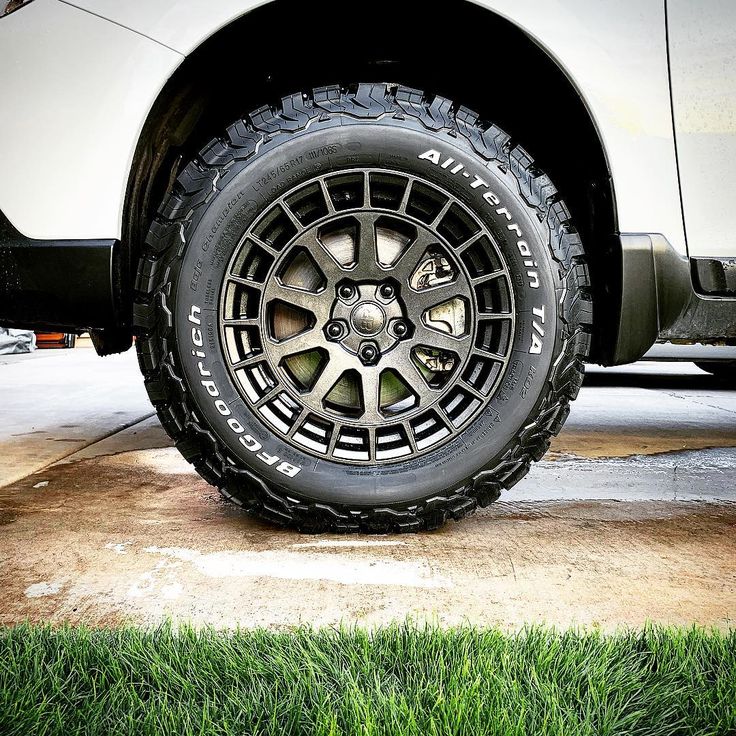 5 5 | 8.5 | |
| 235/45R18 | 7.5 | 8 | 9 | |
| 245/45R18 | 7.5 | 8 | 9 | |
| 255/45R18 | 8 | 8.5 | 9.5 | |
| 275/45R18 | 8.5 | 9 | 10.5 | |
| 19" | 245/45R19 | 7.5 | 8 | 9 |
| 20" | 275/45R20 | 8.5 | 9 | 10.5 |
| 16" | 215/40R16 | 7 | 7.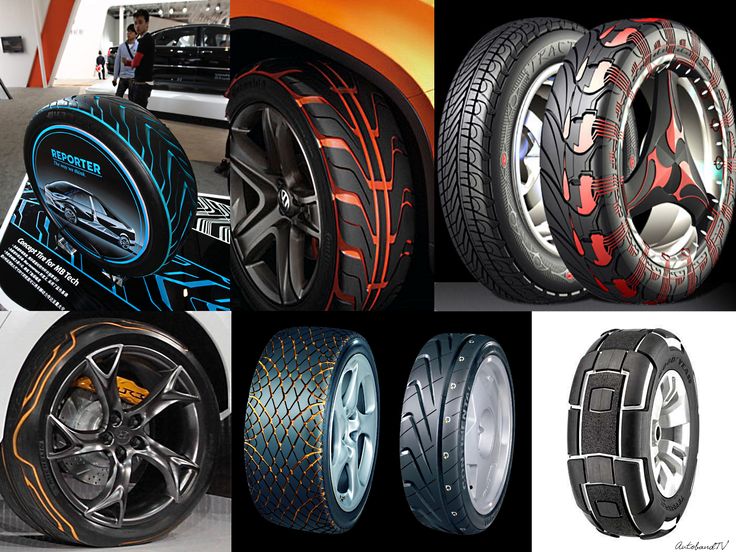 5 5 | 8.5 |
| 17" | 205/40R17 | 7 | 7.5 | 8 |
| 215/40R17 | 7 | 7.5 | 8.5 | |
| 235/40R17 | 8 | 8.5 | 9.5 | |
| 245/40R17 | 8 | 8.5 | 9.5 | |
| 255/40R17 | 8.5 | 9 | 10 | |
| 265/40R17 | 9 | 9.5 | 10.5 | |
| 275/40R17 | 9 | 9.5 | 11 | |
| 285/40R17 | 9 | 10 | 11 | |
| 18" | 205/40R18 | 7 | 7.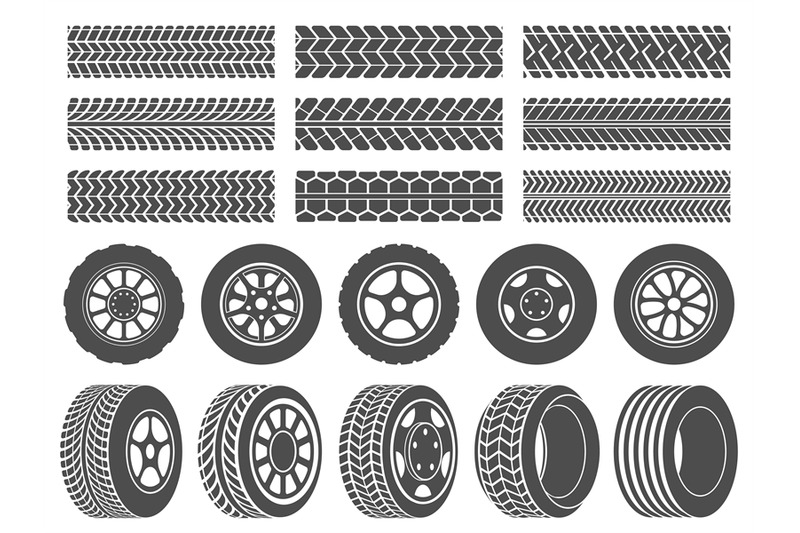 5 5 | 8 |
| 225/40R18 | 7.5 | 8 | 9 | |
| 235/40R18 | 8 | 8.5 | 9.5 | |
| 245/40R18 | 8 | 8.5 | 9.5 | |
| 255/40R18 | 8.5 | 9 | 10 | |
| 265/40R18 | 9 | 9.5 | 10.5 | |
| 275/40R18 | 9 | 9.5 | 11 | |
| 285/40R18 | 9.5 | 10 | 11 | |
| 19" | 225/40R19 | 7. 5 5 | 8 | 9 |
| 245/40R19 | 8 | 8.5 | 9.5 | |
| 255/40R19 | 8.5 | 9 | 10 | |
| 275/40R19 | 9 | 9.5 | 11 | |
| 20" | 245/40R20 | 8 | 8.5 | 9.5 |
| 17" | 225/35R17 | 7.5 | 8 | 9 |
| 265/35R17 | 9 | 9.5 | 10.5 | |
| 335/35R17 | 11 | 12 | 13 | |
| 18" | 215/35R18 | 7 | 7. 5 5 | 8.5 |
| 225/35R18 | 7.5 | 8 | 9 | |
| 235/35R18 | 8 | 8.5 | 9.5 | |
| 255/35R18 | 8.5 | 9 | 10 | |
| 265/35R18 | 9 | 9.5 | 10.5 | |
| 275/35R18 | 9 | 9.5 | 11 | |
| 285/35R18 | 9.5 | 10 | 11 | |
| 295/35R18 | 10 | 10.5 | 11.5 | |
| 345/35R18 | 11. 5 5 | 12 | 13.5 | |
| 19" | 225/35R19 | 7.5 | 8 | 9 |
| 235/35R19 | 8 | 8.5 | 9.5 | |
| 245/35R19 | 8 | 8.5 | 9.5 | |
| 255/35R19 | 8.5 | 9 | 10 | |
| 265/35R19 | 9 | 9.5 | 10.5 | |
| 275/35R19 | 9 | 9.5 | 11 | |
| 285/35R19 | 9.5 | 10 | 11 | |
| 295/35R19 | 10 | 10.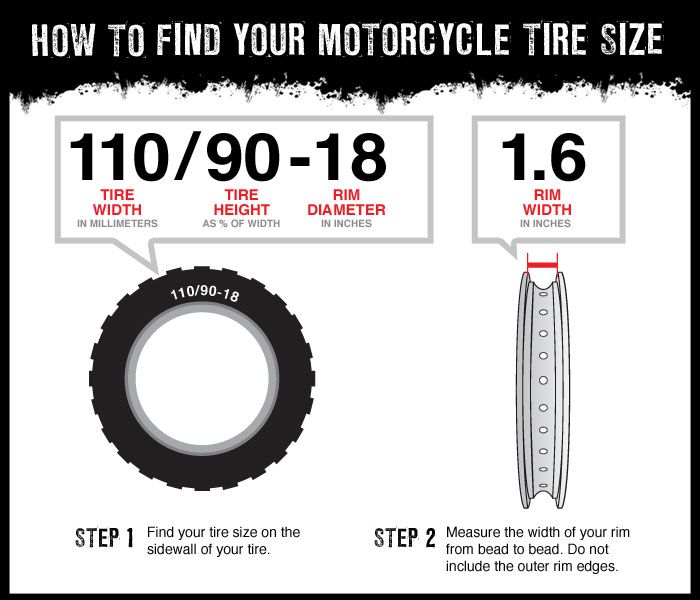 5 5 | 11.5 | |
| 20" | 245/35R20 | 8 | 8.5 | 9.5 |
| 255/35R20 | 8.5 | 9 | 10 | |
| 275/35R20 | 9 | 9.5 | 11 | |
| 21" | 245/35R21 | 8 | 8.5 | 9.5 |
| 255/35R21 | 8.5 | 9 | 10 | |
| 18" | 285/30R18 | 9.5 | 10 | 10.5 |
| 295/30R18 | 10 | 10.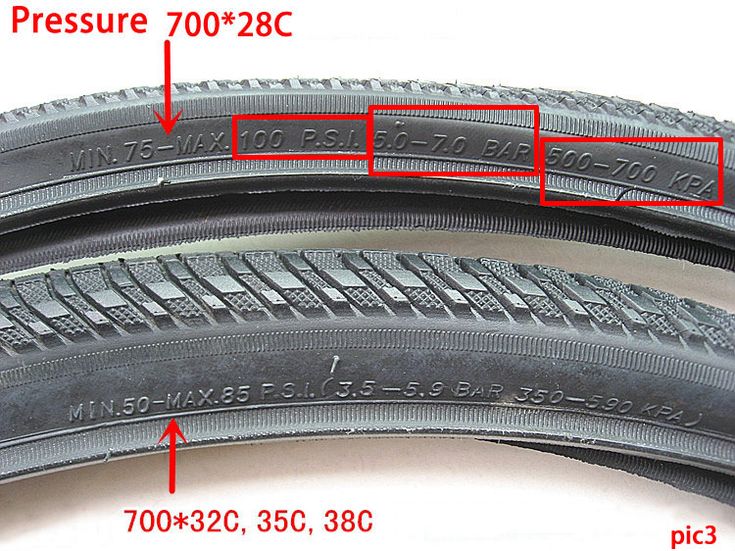 5 5 | 11 | |
| 315/30R18 | 10.5 | 11 | 11.5 | |
| 335/30R18 | 11.5 | 12 | 12.5 | |
| 345/30R18 | 11.5 | 12 | 12.5 | |
| 19" | 265/30R19 | 9 | 9.5 | 10 |
| 275/30R19 | 9 | 9.5 | 10 | |
| 285/30R19 | 9.5 | 10 | 10.5 | |
| 295/30R19 | 10 | 10.5 | 11 | |
| 305/30R19 | 10. 5 5 | 11 | 11.5 | |
| 345/30R19 | 11.5 | 12 | 12.5 | |
| 20" | 235/30R20 | 8.5 | 8.5 | 9.5 |
| 245/30R20 | 8.5 | 8.5 | 9.5 | |
| 255/30R20 | 9 | 9 | 10 | |
| 285/30R20 | 10 | 10 | 11 | |
| 335/30R20 | 12 | 12 | 13 | |
| 21" | 255/30R21 | 9 | 9 | 10 |
| 285/30R21 | 10 | 10 | 11 | |
| 295/30R21 | 10 | 10. 5 5 | 11 | |
| 22" | 255/30R22 | 9 | 9 | 10 |
| 19" | 315/25R19 | 11 | 11.5 | 12 |
| 20" | 285/25R20 | 10.5 | ||
| 295/25R20 | 10 | 10.5 | 11 | |
| 325/25R20 | 11.5 | 12 | 12.5 | |
| 21" | 295/25R21 | 10 | 10.5 | 11 |
| 22" | 295/25R22 | 10 | 10. 5 5 | 11 |
| Tire labels - how to read? From November 1, 2012, tires sold in countries within the European Union must have special stickers. They contain information, in particular, on the fuel.. 11 July 2022, 11:34 | |
| Causes of tire wear Tire wear is often the result of too much speed at which we move. However, there are many more factors influencing this process. Tire condition during .. July 04, 2022, 11:58 | |
| What is the minimum tread depth allowed? The tread of a tire is sometimes analyzed in terms of appearance and shape, modern technologies implemented by the manufacturer, or performance in winter conditions. However, the key parameter of tires in. 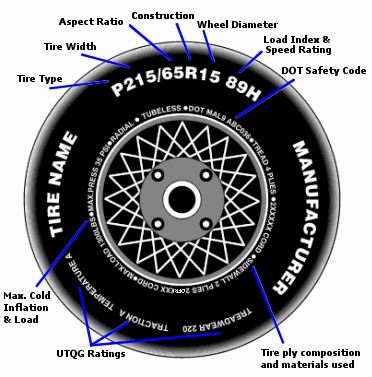 . . 23 June 2022, 10:06 | |
| Tire deformation and side ties. What to do with them? One of the remarkable and main features of the structure of the inner part of any tire is the threads that make up the cord. For quite a long time they have a radial location at.. June 08, 2022, 10:21 | |
| Wheel alignment - do I need to change tires? If your vehicle behaves on the road, it may mean that you need to replace suspension components, steering system, wheels or tires. For this may.. 07 April 2022, 15:47 | |
It's always better to buy complete wheels right away, but if you suddenly had to start selecting tires according to disks, then don't worry, now we will study all the features of this process so that even an inexperienced person can handle it.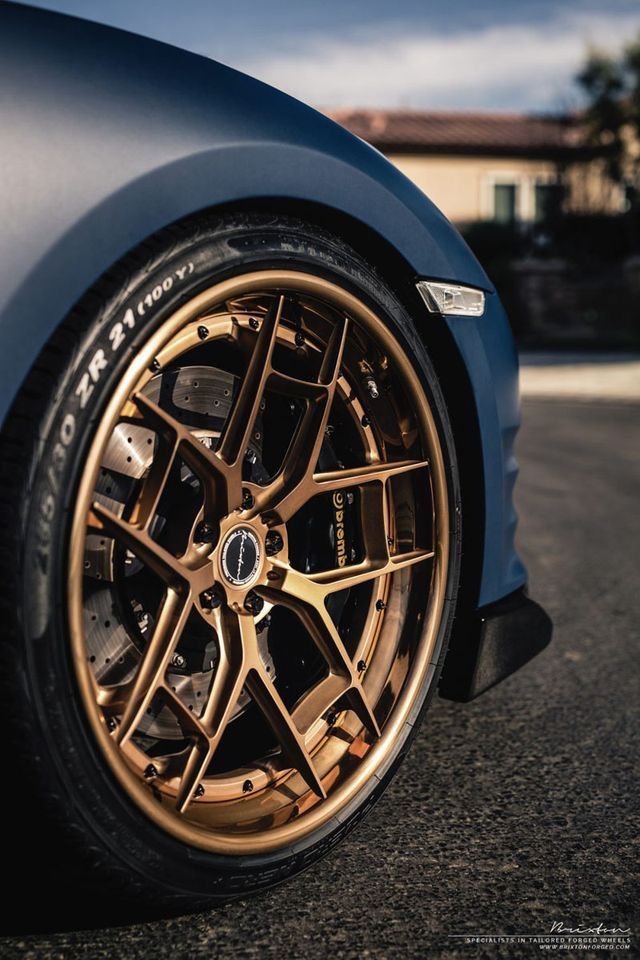
Contents
1 Main parameters and their designation
2 Disc markings
3 Tire marking
4 What will help you choose the right tires?
5 How do I match tires and rims?
First you need to familiarize yourself with the main parameters and their designation. The wheel diameter is indicated by the symbol "D" and is considered the most significant characteristic. It is very important to follow the dimensions recommended by the manufacturer. The increased diameter will contribute to the distortion of the speedometer readings. It is also possible for the wheel to rub over the elements of the body and chassis.
Increasing the wheel diameter
The diameter of the rims is indicated by "dd", but their width (the distance between the inner edges of the rim) is "Wd", and in the marking it is usually indicated in inches.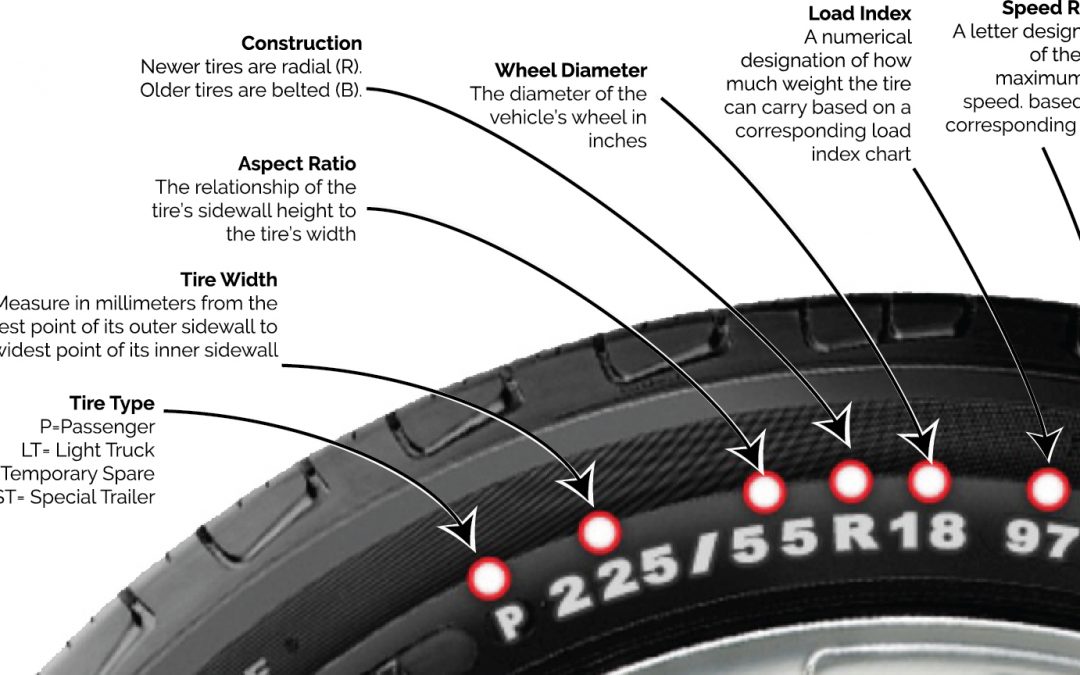 The height of the rubber profile is also important, this characteristic has the code "dt". Low profile tires wear out faster and are not suitable for all roads. If the condition of the road surface is not ideal, then it is better not to buy such tires, since in this case the load on the suspension increases, and there is a possibility of disk deformation. In addition, they are noisier.
The height of the rubber profile is also important, this characteristic has the code "dt". Low profile tires wear out faster and are not suitable for all roads. If the condition of the road surface is not ideal, then it is better not to buy such tires, since in this case the load on the suspension increases, and there is a possibility of disk deformation. In addition, they are noisier.
Low profile tire
“Wt” is tire width. For driving on a dry track, wide tires are better, as this shortens the braking distance. For urban conditions and slippery roads, it is recommended to use narrow tires.
Before talking directly about the selection of tires on discs, it is necessary to disassemble a little in the marking of one and the other. Let's start with disks. The marking may be embossed anywhere except on the inner surface facing the rim. To make it easier to understand, consider the decryption using a specific example.
Let's say you find the following code "6.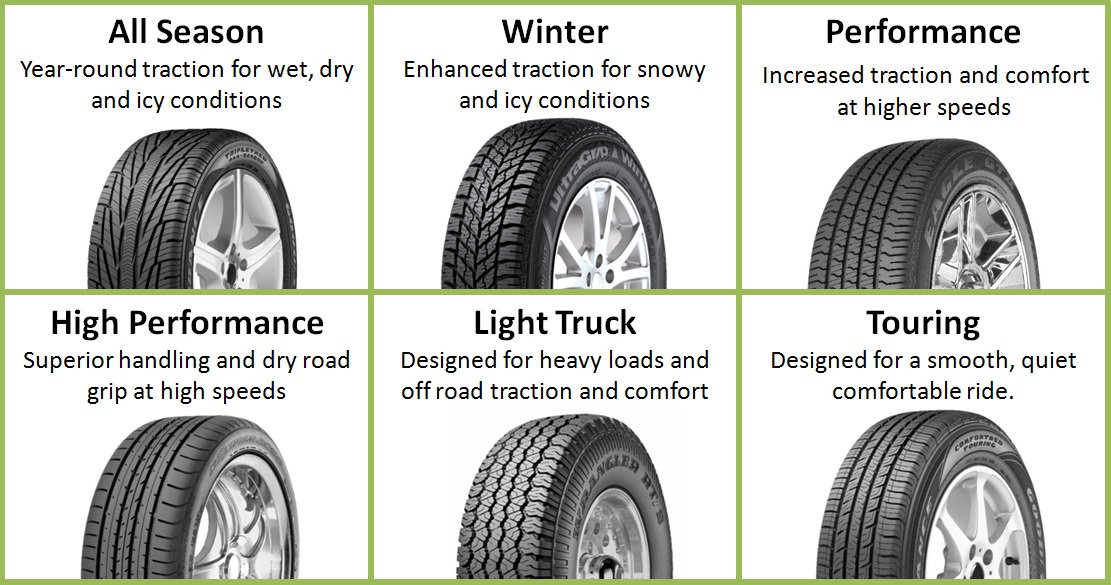 5JJx13FH6x98ET20d62.1". The first is the width of the disk and it is indicated in inches, in our case it is 5.5. to convert this value to millimeters, multiply it by 25.4. This is followed by a Latin letter (P, D, B, K, J) or a combination of them (JJ, JK). This symbol characterizes the shape of the profile contour, the height of the shelves, their angle of inclination and the radius of curvature. "JJ" indicates that the car is full drive.
5JJx13FH6x98ET20d62.1". The first is the width of the disk and it is indicated in inches, in our case it is 5.5. to convert this value to millimeters, multiply it by 25.4. This is followed by a Latin letter (P, D, B, K, J) or a combination of them (JJ, JK). This symbol characterizes the shape of the profile contour, the height of the shelves, their angle of inclination and the radius of curvature. "JJ" indicates that the car is full drive.
Disc markings
If you see the “x” symbol behind the letter designations, this means that the disc has a solid structure, but collapsible copies in the marking contain the “-” sign. Next, the diameter of the disks is indicated, followed by the hump index. This is a value indicating the annular protrusions along the rims. They have a very important function - fixing tubeless tires during turns. A simple hump is denoted by a single letter "H", flat, as in our case, "FH", and an asymmetric one - "AH". There are designs in which there are no humps.
Next, the value that you need to pay special attention to when choosing tires for wheels is indicated, this is the location of the mounting holes, in our case “6x98”. This suggests that there are 6 of them, and the diameter of the circle is 98 mm. The number of holes ranges from 4 to 6, and the circumference can range from 98 to 137.9 mm. The following indicates the distance between the plane of attachment of the disk to the hub and its vertical axis. This parameter is called disc overhang and is denoted by a combination of letters "ET". The number following them indicates the offset value in millimeters, in our case it is 20 mm.
Important rim parameters
Overhang can be positive, zero or negative. Suspension and steering are adjusted depending on this parameter. The last in the marking indicates the diameter of the mounting hole. For passenger cars, this value is in the range from 50 to 70 mm. Quite often, the maximum load, the date of manufacture and the method of production are also specified. Discs are available forged, cast and stamped.
Discs are available forged, cast and stamped.
If you decide to select tires according to the width of the rims, then you definitely need to be able to decipher the rubber markings. After all, this code contains all the necessary information. You can find it on the side surface of the tire. However, it also indicates a lot of other information about rubber, starting from the country of the manufacturer, model and ending with the purpose and type. This information, of course, is of great importance, as it affects the quality of the product, but if we are talking about the selection of rubber for certain disks, then they do not play a decisive role.
Designations on tires
But the most important information is contained in a code called size. To make it as clear as possible, consider the decryption using a specific example. Let's say you found the following code "225/50 R14" on the side of the rubber. The first number indicates the width of the profile in millimeters. Moreover, measurements are made taking into account the sidewalls. Next comes the height value, expressed as a percentage relative to the width. With us it is 50%, which means that in order to come to the size in millimeters, you need 225x50%, it turns out 112.5 mm.
Moreover, measurements are made taking into account the sidewalls. Next comes the height value, expressed as a percentage relative to the width. With us it is 50%, which means that in order to come to the size in millimeters, you need 225x50%, it turns out 112.5 mm.
Explanation of tire markings
The following symbol gives information about the construction of the cord. "R" means that the tire has a radial ply. And the number following it expresses the mounting size of the rim, it is indicated in inches. In fact, this is the most important information that is needed when selecting tires by size. The marking also contains a column with speed indices, as well as loads. There are many tables on the Internet in which these alphanumeric designations are translated into specific values \u200b\u200bof loads and speeds.
The choice of rubber is a very responsible task, because if you put tires that do not meet its technical characteristics on a car, then problems cannot be avoided.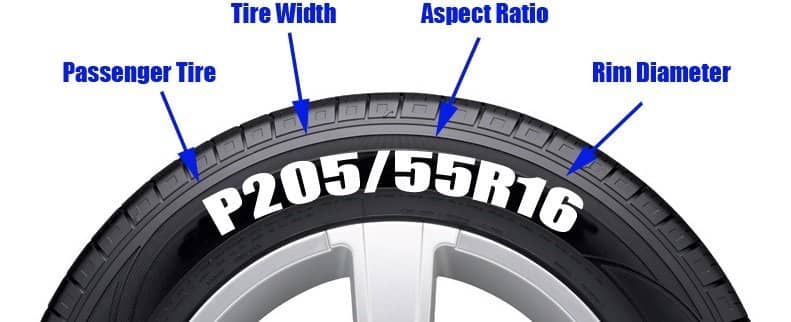 These may be incorrect speedometer readings, and even wheel arches touching the rubber. How to find out what tires are needed if, for example, you bought a used car and faced with their replacement for the first time?
These may be incorrect speedometer readings, and even wheel arches touching the rubber. How to find out what tires are needed if, for example, you bought a used car and faced with their replacement for the first time?
Choosing the Right Tire
There are several ways to do this. The easiest way is to look in the book for the operation of the machine, in it you will surely find the necessary data. Sometimes we don’t have such an opportunity, in this case you can look under the glove box lid, where there is a special table with the necessary information. True, there are cars where such a table is not provided. What to do?
Parameters of suitable tires
Don't be discouraged, you can always go to specialized sites that sell tires, and by filling in the plate (year, make and other information about the vehicle), you will receive detailed information on rubber that is ideal for your car. If you decide to put tires of a different size on the car, then the tire calculator will help you track the change in the linear dimensions of the rubber and the speedometer reading.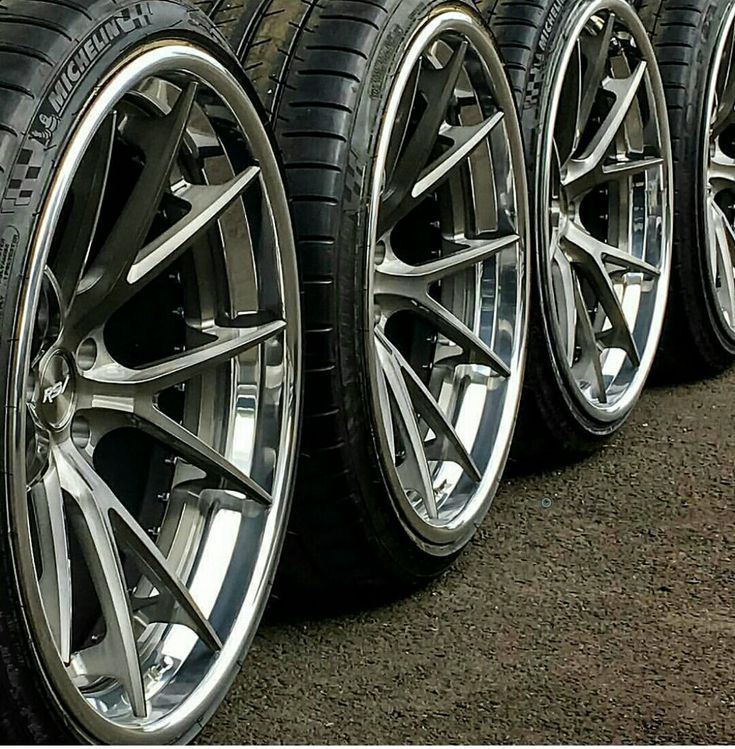
But there are cases, again, they are more often associated with used cars, when it is necessary to select tires according to the size of the rims, because these two components should correspond to each other as much as possible. Then simple rules will help. For example, the width of the rubber profile should be 25-30% larger than the rim size of the rim . So, for example, if the width of the disk is 5.5 inches, then, adding 30% to this value, we get 7.15 inches or 185 mm. It is important that these two parts match in their central holes. But if for some reason this does not work out, then a special adjusting ring will come to the rescue. Its outer diameter corresponds to the disc hole, and its inner diameter corresponds to the hub.
Special adjusting rings
But this is not all the features of selecting tires according to wheel parameters.